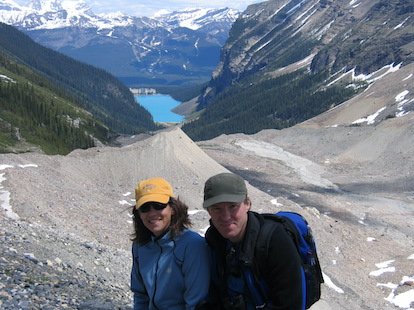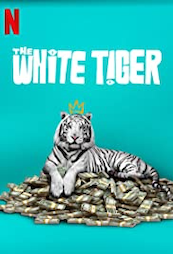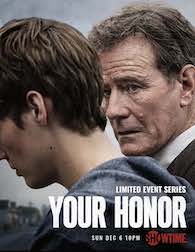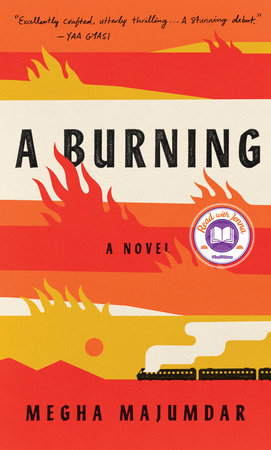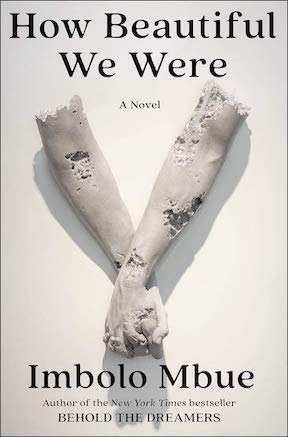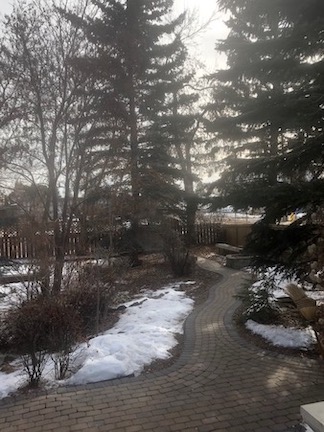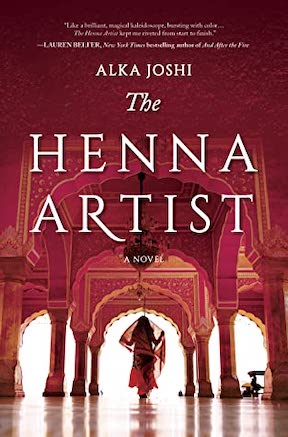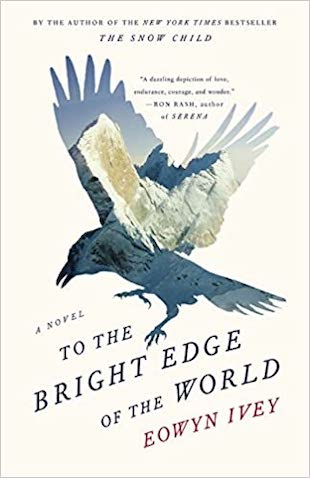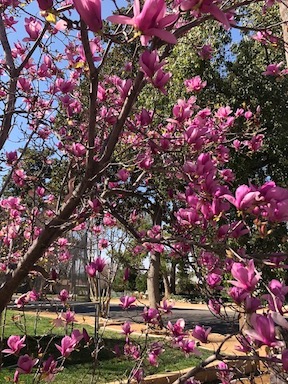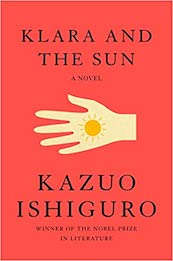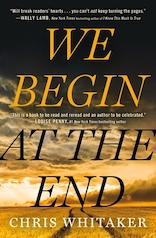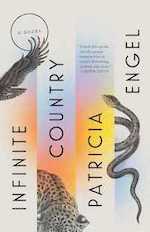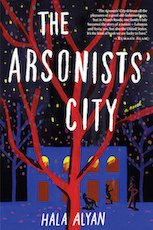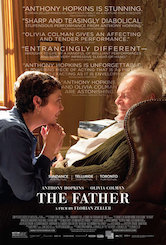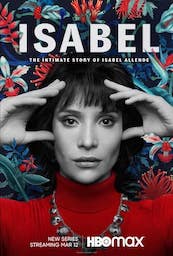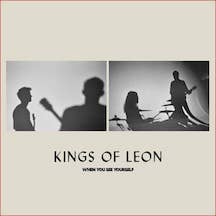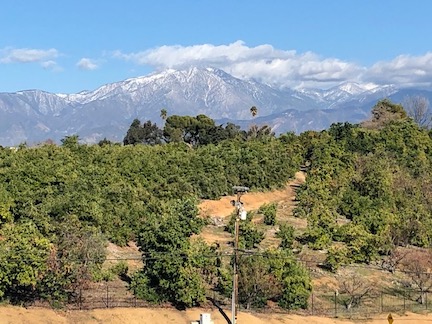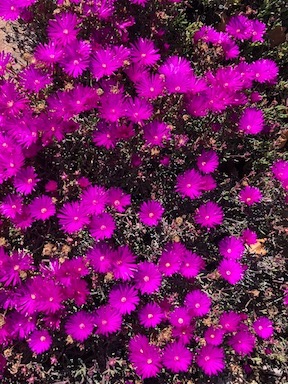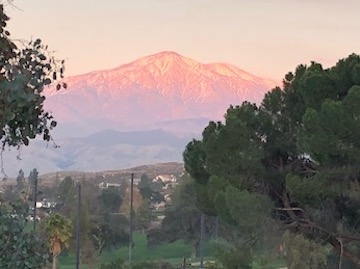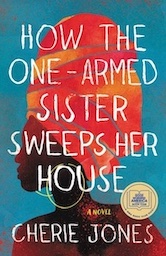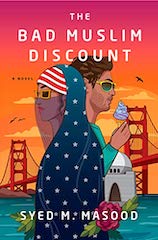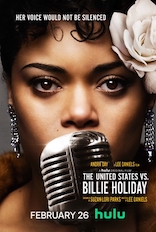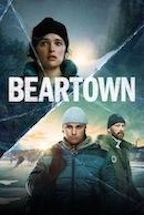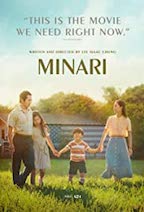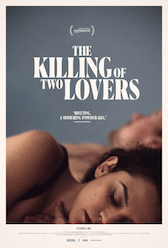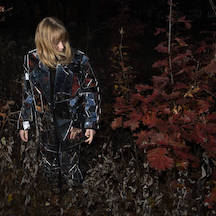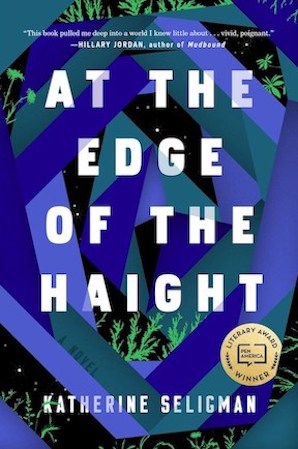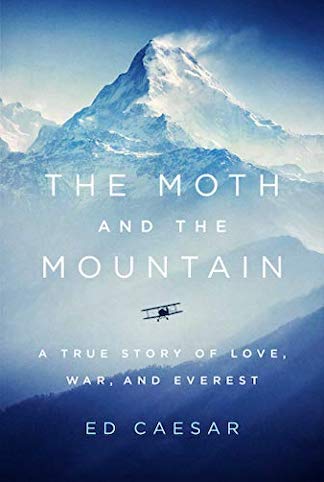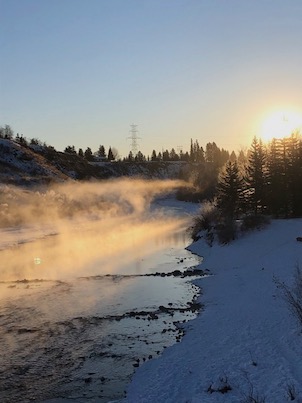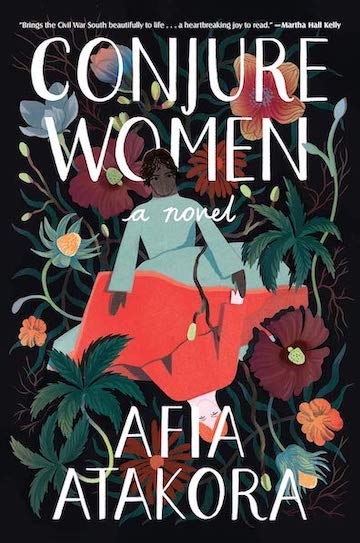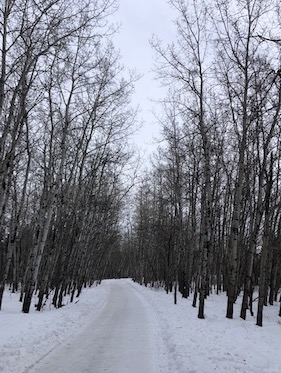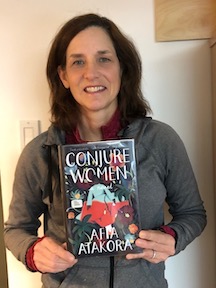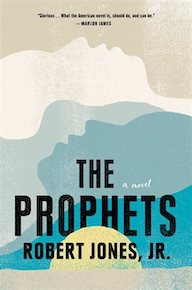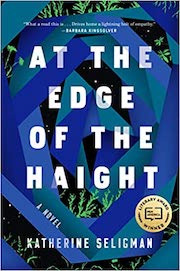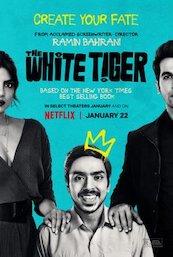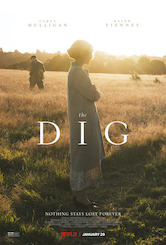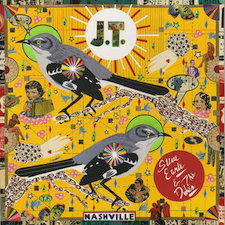
We’re onto April now. I hope everyone has a very Happy Easter this Sunday. It seems early this year, doesn’t it? But it’s all about when the first full moon occurs after the spring equinox. Got it? Right, blame it on the moon. I hope it’s warm and sunny where you are … and all the pretty flowers are coming out. We had a crazy “snow squall” last weekend, but it appears spring is now thinking about peeking through, though it’s windy out. Recently I finished this 1,000 piece puzzle of New York City — I started it during my quarantine days (a gift from my sister at Christmas) — though it took me until after my quarantine release to get it done. I don’t do puzzles often, but I enjoyed it and it kept my sanity for quite awhile. I liked listening to an audio while working on it.

This past week I would be remiss not to mention that two literary icons passed away: children’s author Beverly Cleary and western author Larry McMurtry both died on the same day, Thursday March 25. Ugh, it is upsetting to lose them, and hearing about a literary icon’s passing always makes me want to read their works anew. I haven’t read Cleary — known for her Ramona books — since I was a kid.
And I now must really rectify not reading McMurtry’s masterpiece “Lonesome Dove” — which I know is many people’s most beloved book. I have no excuse! In fact, I was working at a bookstore in Colorado in 1988-9 and that was the biggest blockbuster seller back then. It was flying off the shelf and we were constantly re-stocking it. But I had my head in the clouds and it was about 864 pages long, full of a cattle drive. Do you remember where you were when you first read it? And did you go on to read his others in the series?
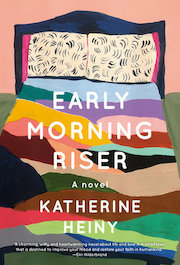
And now let’s talk about what’s coming out this month. Of course I’m all over the place about what looks good to read. I picked about nine novels releasing, but I tried to whittle it down to five. First up is Katherine Heiny’s new novel “Early Morning Riser” (out April 13), which Esquire says is: “a wry and wise novel about the intertwined romantic lives of the residents of a small Michigan town.”
It’s said to be charming and witty and spans 17 years in the lives of Jane and her new husband Duncan, who unfortunately has slept with practically every woman in town before meeting her. Then something happens that changes their lives and love. This one seems like a heartwarming story that examines small-town baggage and families. And the author Heiny was much praised for her earlier debut “Standard Deviation,” which I still want to go back and read, and this one is getting favorable reviews too.

Then there’s Australian author Pip Williams’s debut novel “The Dictionary of Lost Words” (due out April 6) about the daughter of a lexicographer of the Oxford English Dictionary who devotes her life to making an alternative dictionary. Esme comes to realize words relating to women’s and common folk’s experiences are going unrecorded so she aims to keep them alive.
This historical novel inspired by real events is said to highlight the power of language and women’s lives and contributions in an imaginative way. As Booklist says: “Esme’s unusual word-saturated coming-of-age during the quest for women’s rights will entrance language-loving and socially conscious” readers … so count me in.
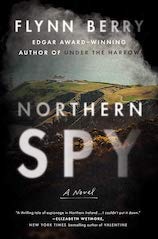
Next I like the looks of Flynn Berry’s novel “Northern Spy” (out April 6), which is about two sisters who become entangled with the Irish Republican Army. Tessa is a BBC producer and a mother to a new baby in Belfast when she hears on the news about a raid. When the police come to suspect it’s due to her sister Marian who they think has joined the IRA, Tessa can’t believe it’s true, but eventually she gets pulled in … to work as a double agent and soon it’ll test her ideals, bonds, and identity as a sister and a mother.
This taut thriller is by the young American author who won the Edgar Award for best first novel in 2017 for her thriller “Under the Harrow” so I’m hoping it’s good as well.
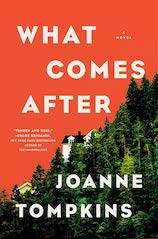
Also JoAnne Tompkins’s debut novel “What Comes After” (out April 13) looks like a doozy. It’s about how a small Quaker community in the Pacific Northwest is rocked after the shocking deaths of two teenage boys there and a mysterious pregnant teenage girl who emerges from the woods. Uh-oh.
It seems to be much about the community’s coming to grips and emotions with all of this and has been compared to Anne Tyler’s and Marilynne Robinson’s explorations of the heart. Hmm. Author Cara Wall says it’s a “beautifully satisfying portrait of people who are terribly wrong about themselves, who discover astonishing relief when they accept their heartbreaking truths.” Hmm. Kirkus Reviews calls it “a quiet portrayal of troubled lives” and “a graceful debut.” What do you think … a go or a pass?
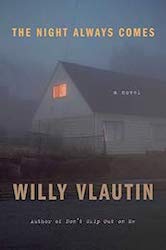
Lastly in books is Willy Vlautin’s new novel “The Night Always Comes” (out April 6), which looks pretty bleak about the plight of a young woman in Portland, Oregon, pushed to the edge as she fights to secure a stable future for herself and her family. Set over two days and two nights, the story follows Lynette’s “frantic search … that leads her to make a dangerous choice that sets her on a precarious, frenzied spiral.” Uh-oh.
I have yet to read a book by Willy Vlautin, but apparently he writes about working-class protagonists like no other, and this gritty page-turner is said to raise such questions about how far one’s prepared to go to achieve the American Dream and what’s the price of gentrification. I’ll probably need something light and happy after this.

On the screen this month, PBS has a few things worth seeing, first is Ken Burns and Lynn Novick’s three-part, six-hour documentary film “Hemingway” (starting April 5) about the iconic and complicated author said to be one of the most influential in U.S. history.
The series will explore the writer’s art and legacy and will try to uncover the man behind the myth so to speak. If you like his novels like I do, then you probably won’t want to miss it. Last year, we spent a weekend in Ketchum, Idaho, and while there visiting with relatives, we went to see Hemingway’s grave where he was buried after taking his own life in 1961. He stills holds much allure to the town.

Then there’s the eight-part WWII drama “Atlantic Crossing” (starting April 4) based on the true story of Norwegian Crown Princess Martha, who in 1940 made a narrow escape to the U.S. and became close to President Roosevelt, imploring him to get the U.S. to help her country fight off the Nazis.
If you like that, you might also like “World on Fire” also set during WWII about “the intertwining fates of ordinary people in five countries as they grapple with the effects of the war on their everyday lives.” PBS is replaying Season 1 from 2019 (starting April 4), which we missed so we’ll try to catch back up. Stay tuned for Season 2, sometime down the line.
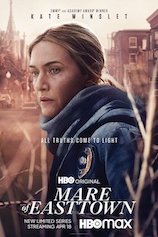
While we’re keen on PBS at the moment, there’s also the seven-episode TV series “Mare of Easttown” on HBO (starting April 18) that stars Kate Winslet as a dour small town Pennsylvania detective who investigates a local murder while trying to keep her life from falling apart. It sounds a bit similar to the 2018 TV series “Sharp Objects” with Amy Adams, right? Crazy, but check it out if you want to see how Winslet tries the accent.
If you want more psychological thriller drama then perhaps check out the Australian series “The Secrets She Keeps” (starting on Prime April 21), which is based on the 2017 novel by Michael Robotham about a chance encounter between two pregnant women in a supermarket just outside of Sydney … who hold explosive secrets about what they each hold dear. Uh-oh. We love such crazy drama right? Sort of reminds me of Nicole Kidman and Hugh Grant in the TV series “The Undoing.” Oh yeah, that one went down quickly.
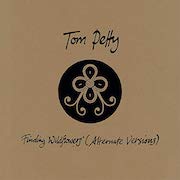
As for new music out this month there’s a live album by Norah Jones called “Til’ We Meet Again” (out April 16) that looks good … and also a posthumous release of Tom Petty’s called “Finding Wildflowers” (out April 16), which features 16 studio recordings of alternate takes and jam versions of songs that went on to appear on Petty’s 1994 solo album “Wildflowers.” For Petty fans, “Wildflowers” is an album that wonderfully keeps on giving.
That’s all for now. What about you — which new releases are you most looking forward to?

